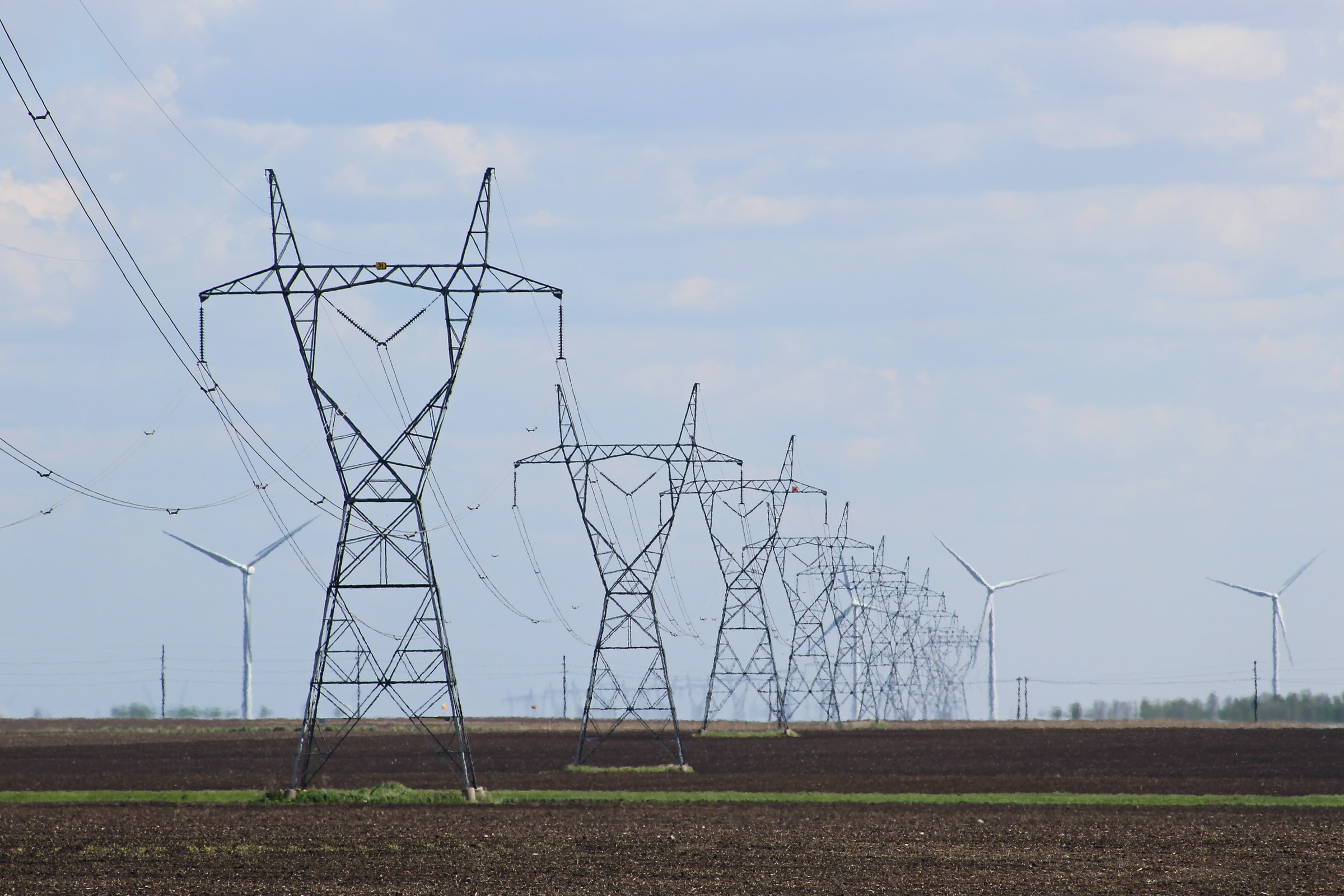Emergence and diffusion of green bonds

Emergence and diffusion of green bonds
IPCC estimates an investment of 2.4 trillion dollars in energy systems for a low-carbon economy. It requires financial innovations and an understanding of its emergence and diffusion. Green bonds, a recent financial innovation, have been gaining attention – the roles of various stakeholders, self-reinforcing processes, and widespread acceptance have been vital factors for its growth and distribution. Assessing these parameters helps to better understand obstacles and factors that influence successful dispersion of other financial innovations.
Alexander Monk, Richard Perkins, What explains the emergence and diffusion of green bonds? Energy Policy, Volume 145, 2020, 111641, ISSN 0301-4215, https://doi.org/10.1016/j.enpol.2020.111641
A sustainable, low-carbon economy requires rapid mobilization of large amounts of financial resources. The Intergovernmental Panel on Climate Change (IPCC) estimates that this transition would need annual investments of 2.4 trillion dollars in energy systems until 2035. The shift requires financial innovations directed towards environmental projects. Therefore, understanding the factors that influence the emergence and diffusion of these financial innovations would be helpful in mobilizing the financial resources.
In a 2020 study in the journal Energy Policy, Alexander Monk and Richard Perkins from London School of Economics provide key insights into conditions that contribute to the diffusion of emerging innovative financial products, specifically green bonds. Simply put, green bonds are loans that are assigned to environmental projects. Researchers investigated the factors that have been crucial in the emergence and diffusion of green bonds.
The first factor involves the actions of entrepreneurs and intermediaries. Entrepreneurs are early experimenters of the new market. They turn new knowledge into actionable steps for new business opportunities. Additionally, they strive for low risks and budget-friendly prospects. For example, World Bank and IFC engaged in early “Entrepreneurial Experimentation” for green bonds. This provided a template for subsequent green bonds in markets, such as by Climate Bonds Initiative (CBI). As credible entrepreneurs, their participation was crucial to provide an early push to adopt these mechanisms.
The second finding describes the importance of self-reinforcing processes, such as learning and positive feedbacks. For example, issuers were able to create hype around the new type of investment through conference presentations, media interviews, and publications. They created a narrative emphasizing the urgency of climate change and the need to reallocate financial resources for low-carbon transition. These measures eventually lowered costs, encouraged market growth, and built credibility.
Finally, the researchers found that widespread acceptance among stakeholders encouraged green bond dispersal. It created the necessary pressure to redirect economic focus towards environmental strategies. For example, the rising issuance of green bonds from emerging economies, such as China and India, has encouraged innovation in developed nations.
Other contributing factors are green bond’s basic design and implementation, pricing, and geographic diversification.
Green bonds are not a drastic innovation, but integrate certain modifications or “add-ons” to existing financial products. These changes have been important to refocus economic goals towards environmental projects. Moreover, green bond issuers were able to lower risk and create high demand by not charging high premiums. It allowed investors to test environmental-themed investments.
The research demonstrates the factors that have influenced commercialization of new green financial products through capacity building and reducing risks associated with new products. However, green bonds are only a small aspect of environmental financial innovation. This research paves the path to understand obstacles and factors influencing successful dispersion of other financial innovations.




